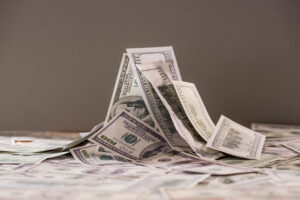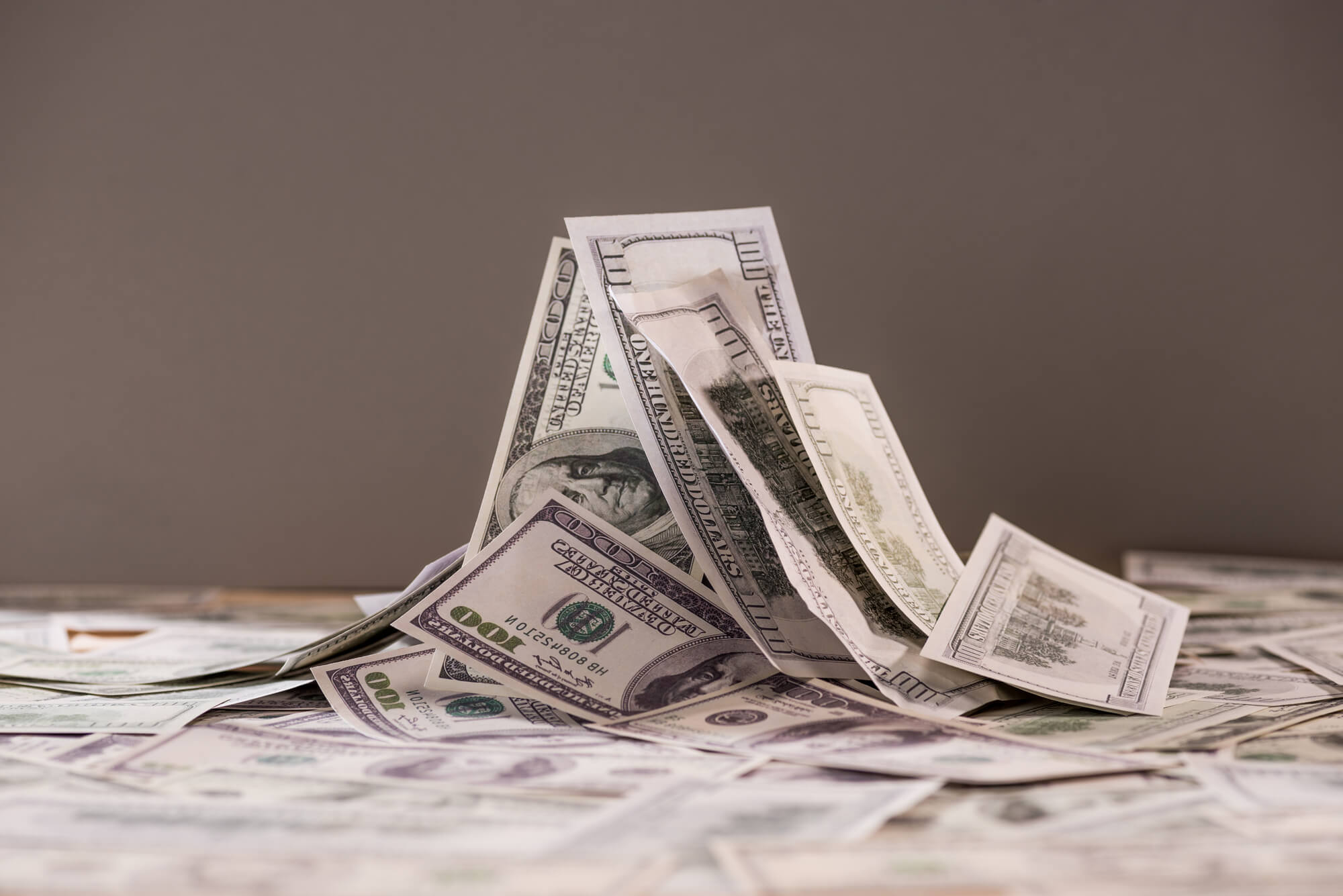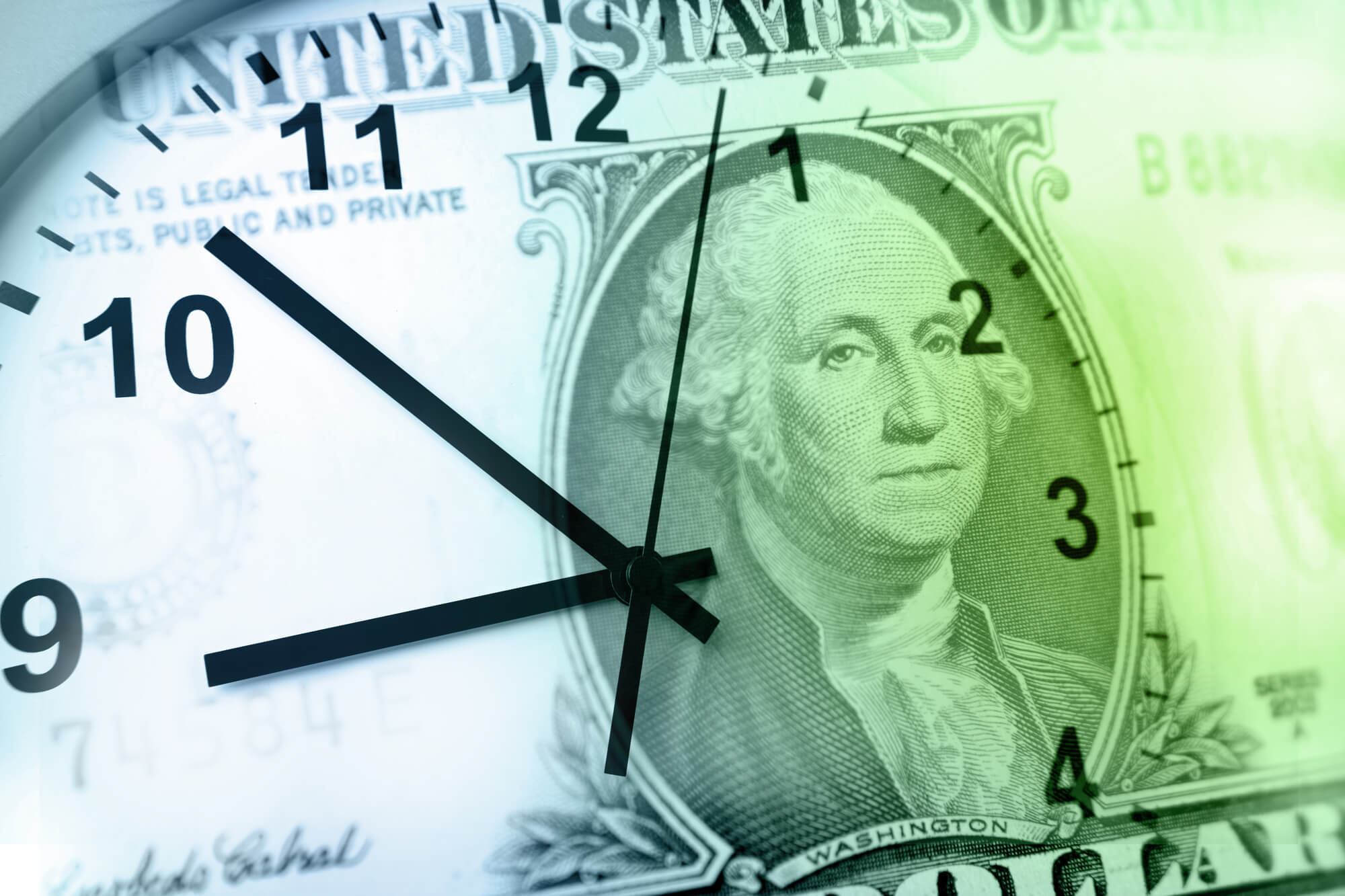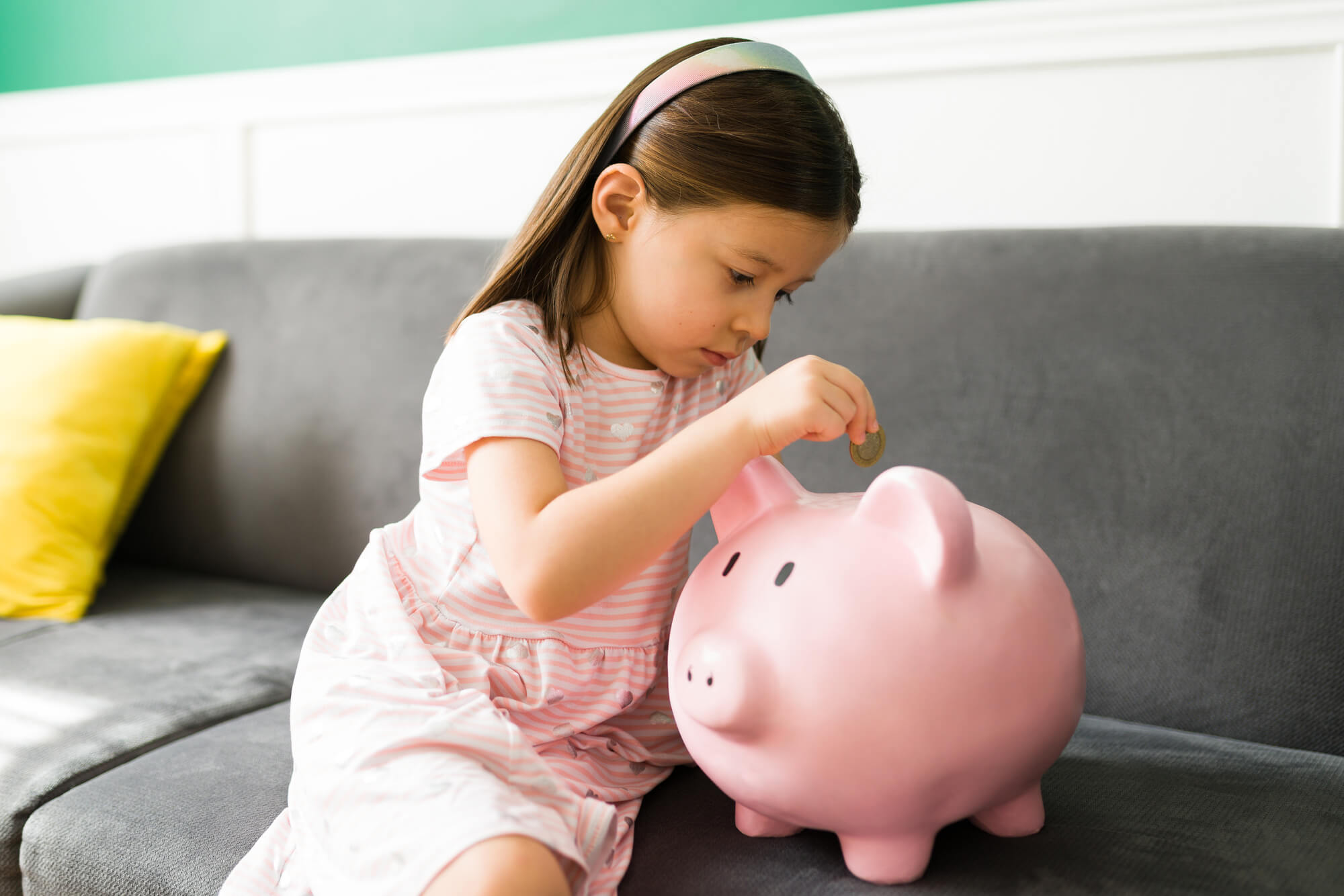What kind of FIRE are you? Lean? Traditional? Fat? If you’re looking for a comfortable retirement, Fat FIRE may be right for you. Calculating your Fat FIRE number takes just a few basic steps.
As a general rule, you should double your current expenses and divide by 4% to determine how much money you need for Fat FIRE. For example, if your current annual expenses are $50,000, your Fat FIRE number would be $2,500,000 ($50,000 x 2 = $100,000. $100,000 / 0.04 (or, 4%) = $2,500,000). This is the amount of money you would need for Fat Financial Independence Retire Early.
Remember that determining the right kind of FIRE for you means doing the calculations up front. In this post, we’ll discuss how to determine your Fat FIRE number and if Fat FIRE is right for you.
How Much Money is Fat Fire?
There are several different kinds of FIRE – Financial Independence Retire Early: Coast FIRE, Barista FIRE, Lean FIRE, Traditional FIRE, and Fat FIRE. Fat FIRE is the top tier of FIRE options in the Financial Independence movement. Fat FIRE means being able to spend more in retirement than you do today.
The amount of money you need for Fat FIRE depends on your total cost of living today. In order to calculate your FIRE number, you’ll need to calculate your total annual expenses. Next, divide your annual expenses by 4%, or multiply them by 25. The result is your Traditional FIRE number. For example, let’s say your total annual expenses are $50,000. Dividing by 4% = $1,250,000 ($50,000 / 0.04 = $1,250,000, which is the same as multiplying $50,000 by 25).
To determine the amount of money you need for Fat FIRE, simply multiply your annual expenses by two, and divide that number by 4% (or multiply by 25). Or, simply multiply your Traditional FIRE number by two. For example, if your annual expenses are $50,000, your Fat FIRE number would be $2,500,000 ($50,000 x 2 = $100,000. $100,000 / 0.04 = $2,500,000). Put another way, if your traditional FIRE number is $1,250,000, your Fat FIRE number would be $2,500,000 ($1,250,000 x 2 = $2,500,000).
| Expenses | Traditional FIRE | Fat FIRE Number | Fat FIRE Multiplier |
| $25,000 | $625,000 | $1,250,000 | 2 |
| $50,000 | $1,250,000 | $2,500,000 | 2 |
| $100,000 | $2,500,000 | $5,000,000 | 2 |
| $150,000 | $3,750,000 | $7,500,000 | 2 |
| $200,000 | $5,000,000 | $10,000,000 | 2 |
| $250,000 | $6,250,000 | $12,500,000 | 2 |
| $300,000 | $7,500,000 | $15,000,000 | 2 |
Use a Fat FIRE Multiplier
Using a multiplier of 2 is a general rule when calculating your Fat FIRE number. The reason being that you need to leverage your current spending as a benchmark, which is different for everybody. You may live a completely happy lifestyle at $50,000 a year where you eat out regularly, travel from time to time, and spend on your wants as well as your needs. Or, you may have a large family or live in a higher cost of living area, spending $100,000 annually. To live a Fat FIRE lifestyle in either of these scenarios means spending more than you do today, and bumping your spending to $100,000 and $200,000 respectively.
Another reason for using a multiplier of 2 is that spending more money doesn’t necessarily equate to more happiness. Spending more money to increase the amount of time you have does have an effect on your overall wellbeing. But once you’ve climbed to the top of your mountain and reached financial independence you’ve already won your time back. You now have choices on how to spend your time without having to hold down a job if you don’t need to.
Meaning, more than doubling the amount of money you spend may not have as high of a return on your life. Post-FI, you may choose to cut the lawn yourself instead of having someone else do it, because you don’t have to spend your time working a day job, for example. Or you may go to the market to pick up fresh ingredients rather than paying extra to have them delivered to your door.
But, what if the opposite is true? Let’s say you do these sorts of tasks yourself today, and want to pay someone to do them post-financial independence. Like cleaning your house or doing yard work, for example. Or perhaps you want to spend on more expensive, premium ingredients at the fancy grocery store instead of your local shop. Either way, as you reach FI, you’re likely to spend more on some things and less on other things. For example, you may have a house payment of $1,500 a month today, but want to travel post-FI. If you reached financial independence and eventually pay off the house, you’d have that $1,500/month cost eliminated from your annual expenses, which you can put towards your travel spending. Your costs will shift up or down, and using a multiplier can help you estimate how much you’ll need post-financial independence.
Use a Cost of Living Fat FIRE Multiplier
If your plan is to move around after reaching financial independence, you can account for those costs when planning for Fat FIRE by using a cost of living multiplier. For example, if you want to move to a big city like New York, use a cost of living multiplier based on your current location. Moving to New York may be 2.5x your current living expenses. As a result, your current annual expenses of $50,000 would then be $125,000, giving you a FI number of $3,125,000 ($50,000 x 2.5 = $125,000. $125,000 / 0.04 = $3,125,000).
You may also plan to move around a lot, spending time in several places or countries throughout a given year. You may spend 4 months (one quarter of a year) in a high cost of living area, 4 months in a cheaper cost of living area, 4 months in a similar cost of living area, and 4 months in your current area.
As an example, let’s take your $50,000 annual expenses and divide them by 4 to get $12,500 in quarterly expenses. If you spend one quarter in a 2.5x cost of living multiplier area, one quarter in a .5x cost of living multiplier area, and the other two quarters in a similar cost of living area, your costs could be less than living in a higher cost of living area full-time (($12,500 x 2.5 = $31,250) + ($12,500 x 0.5 = $6,250) + ($12,500 x 1 = $12,500) + ($12,500 x 1 = $12,500) = $62,500). Your Fat FIRE number based on these quarterly cost of living multipliers would then be $1,562,500 instead of $3,125,000 – only an extra $312,500 from your Traditional FIRE number of $1,250,000.
Find Your own Multiplier
You may have a sense of your future spending already, knowing that an ideal post-FI lifestyle is 2 or 3 times your current spending today. If your Fat FIRE spending is 1.5x, 2.5x, or 3x your current spending today, your Fat FIRE number would look like this.
| Expenses | Traditional FIRE | Fat FIRE Number | Fat FIRE Multiplier |
| $25,000 | $625,000 | $937,500 | 1.5 |
| $50,000 | $1,250,000 | $1,875,000 | 1.5 |
| $100,000 | $2,500,000 | $3,750,000 | 1.5 |
| $150,000 | $3,750,000 | $5,625,000 | 1.5 |
| $200,000 | $5,000,000 | $7,500,000 | 1.5 |
| $250,000 | $6,250,000 | $9,375,000 | 1.5 |
| $300,000 | $7,500,000 | $11,250,000 | 1.5 |
| Expenses | Traditional FIRE | Fat FIRE Number | Fat FIRE Multiplier |
| $25,000 | $625,000 | $1,562,500 | 2.5 |
| $50,000 | $1,250,000 | $3,125,000 | 2.5 |
| $100,000 | $2,500,000 | $6,250,000 | 2.5 |
| $150,000 | $3,750,000 | $9,375,000 | 2.5 |
| $200,000 | $5,000,000 | $12,500,000 | 2.5 |
| $250,000 | $6,250,000 | $15,625,000 | 2.5 |
| $300,000 | $7,500,000 | $18,750,000 | 2.5 |
| Expenses | Traditional FIRE | Fat FIRE Number | Fat FIRE Multiplier |
| $25,000 | $625,000 | $1,875,000 | 3 |
| $50,000 | $1,250,000 | $3,750,000 | 3 |
| $100,000 | $2,500,000 | $7,500,000 | 3 |
| $150,000 | $3,750,000 | $11,250,000 | 3 |
| $200,000 | $5,000,000 | $15,000,000 | 3 |
| $250,000 | $6,250,000 | $18,750,000 | 3 |
| $300,000 | $7,500,000 | $22,500,000 | 3 |
The principles outlined above are a general rule when trying to calculate Fat FIRE. Every scenario will be different because every person is different, and each has different needs and wants. Additionally, your needs and wants are likely to change over time. Your costs may go up, or down, and continually fluctuate over the course of financial independence. If you’re unsure how to figure out what your spending would be in a Fat FIRE retirement, you could always do an experiment today to help you obtain data for your calculations.
Do a Fat FIRE Experiment
If you were uncertain about the amount of money you need to plan for for Fat FIRE, you could also do an experiment – a Fat-FIRE trial, if you will. This is where you continue your current spending habits as they are today, but increase them in the ways you think you might spend post-FI. That is, write down your current expenses and the activities you spend your money on, and then account for the activities you believe you would be spending on post-FI.
For example, you may hope to live in a debt-free, fully paid-off home for the rest of your life. Plan for lower housing costs. Or maybe you’re tired of cooking, and want to hire a personal chef. Add an extra $1,500 for someone to make your meals. Feel free to get very practical with your calculations: If you have kids today and know they’ll be out of the house in the future, that number may be even less if spread out over time (since cooking for two would be cheaper than cooking for four or five). Another post-FI goal could be travel. What if you travel 3 times in a calendar year today, at about $2,000 a trip? Try to bump it to 12 times a year (once a month, or however often you feel you want to travel). What about charity? After accumulating all this wealth, it’ll be important to find ways to give back. Add that in as well. Do this for your current expenses, and add any new ones you may see yourself enjoying also.
Overall, your projected Fat FIRE expenses could look something like this.
| Expenses | Current | Fat FIRE |
| Housing | $1,500 | $0 |
| Transportation | $600 | $1,200 |
| Food | $500 | $2,000 |
| Travel | $300 | $2,000 |
| Insurance | $300 | $300 |
| Health Care | $250 | $500 |
| Entertainment | $200 | $300 |
| Clothing | $150 | $200 |
| Dine Out | $250 | $600 |
| Other | $150 | $400 |
| Charity | $0 | $500 |
| Total Monthly | $4,200 | $8,000 |
| Total Annually | $50,400 | $96,000 |
Your numbers are likely going to be very different than the above, but you can use it as a model. Actually go out and get quotes for the things you want to spend on, or that seem important to you. Perhaps you want to enjoy a nicer car. See how much it would cost to purchase, and get quotes for insurance. Perhaps you want to buy nicer clothing. See the percentage difference in purchasing a high-quality sustainable piece you’re interested in vs. what you’d normally shop at retail. Think about taking up new hobbies. How much would that cost you? Say you want to learn tennis. Add the up-front costs to get started, a club membership, lessons, leagues, etc. And so on, and so on.
Test Out Your Ideas
If you’re really serious about Fat FIRE, consider testing out a few of your ideas while on your journey to financial independence. We call this finding your spending level, which is the optimal amount of money to spend that increases your quality of life without diminishing returns or creating waste. It’s more than your basic needs, room for comfort and perhaps a few luxuries, but not spending more than ‘enough’.
You can do this in a few ways. One way is to plan 3-5 months of spending based on your projections, and then actually spend those months living out your ideal lifestyle. Actually try eating out regularly, or spending those months traveling, for example. How did it make you feel? Record your thoughts and remember them. Perhaps you find that eating out multiple times a week just makes you feel unhealthy. You can adjust your Fat FIRE calculations based on an ideal balance between cooking and eating out. Or perhaps you find that after several months of travel, you’re missing friends and family. Maybe you need to recalculate your post-FI travel to spending time with family more. Which, may be a lot cheaper than you initially planned. Maybe a new hobby brings you more enjoyment than you thought, and you may want to invest more time and money into that instead. Adjust your Fat FIRE calculations accordingly.
Another idea is to slowly test out these ideas over time. Want nicer clothes? Try buying a high-quality staple piece that you will wear regularly. Wear it over the course of a month or year. How does it make you feel? Is it just another piece of clothing in your closet? If so, you may learn that you don’t actually care to have nicer clothes in your post-FI world. Or maybe you do find the prospect of high-quality fabrics exciting. Adjust your Fat FIRE calculations accordingly.
Knowing your Financial Independence Timeline
Experimenting can be a valuable step in determining your timeline to financial independence. If you determine that your Fat FIRE number may be less than you initially calculated, then it may take you less time to reach financial independence than you thought. On the flip side, if your Fat FIRE calculations need to increase, that’s important to know before leaving the work force. If you didn’t have enough money saved up by the time you retire, your spending is going to diminish your nest egg more quickly, which may harm your retirement plans. The last thing you want is to find out that you need more money for your lifestyle than you initially planned. It will result in either going back into work, or spending less than you’d like.
Note: it’s important to have your finances in proper order before conducting such an experiment. It’s unwise to take on debt to conceptualize a future that may be several years down the road. You should have your emergency spending and 3-6 months of living expense accounted for, and be free of debt before conducting this sort of experiment. Additionally, ensure you have enough money for the experiment saved up. Make sure to be able to continue to provide for your basic needs, and save up over the course of a few months to prepare for the experiment beforehand.
Is Fat FIRE For Me?
The premise behind Fat FIRE is being able to enjoy your retirement. It’s not simply about leaving the workforce and holding your time in your own hands, but being able to spend your time while not worrying about how you’re spending your money. If you want to travel often, live in expensive cities, have a comfortable home and reliable car, eat and drink healthy and fine foods, and take care of all your family’s needs, Fat FIRE may be right for you.
The main downside to Fat FIRE is that it’s the most ‘expensive’ kind of FIRE. You will have to save a lot more money to achieve your FI number, and that may mean adding several more years to your wealth building stage. If you’ve done your Fat FIRE experiments, however, you may learn exactly how much you’re saving for – and it could be less than you initially thought.
A major upside to Fat FIRE is the additional safety net built into your FI number. If times are difficult, you don’t have to worry about those challenges eliminating your retirement funds. If you spend more in health care one year, you can cut back on the extra expenditures for that year. If the market is down and your investments aren’t performing as well as you’d like, you can spend less. This could keep you from otherwise having to re-enter the workforce to balance out those additional costs.
Either way, you can determine your Fat FIRE number by multiplying your current annual expenses by 2, and dividing by 4%. You can also use a Fat FIRE multiplier that best suits your situation, or experiment until you find out what that multiplier is.
If you’re still wondering what a post-FI life could be, check out what these early retirees have to say about it. For financial independence tips in general, check out these lessons from early retirees to help you get there. For additional ways to increase your savings rate and quicken your timeline to FI, check out our ultimate savings rate guide.
As you journey to financial independence, remember to plan for the future but live in the present. Understanding what you want your life to be like tomorrow means learning what that is today. Be wise, and plan accordingly. But don’t forget to enjoy the climb along the way.
Climb on, FinBase.









